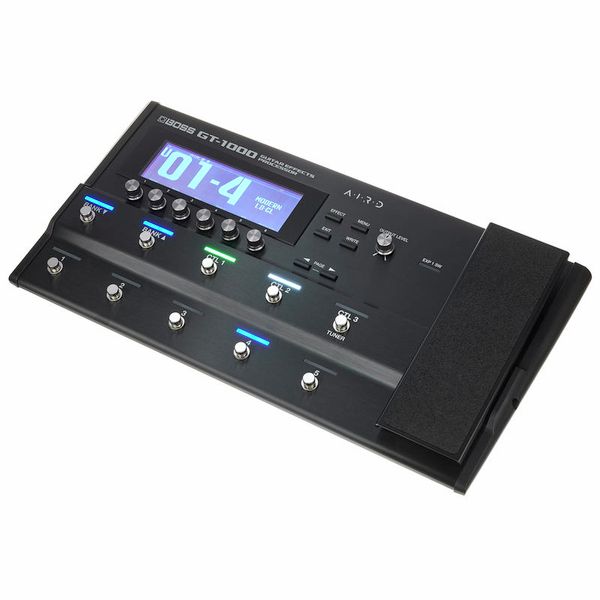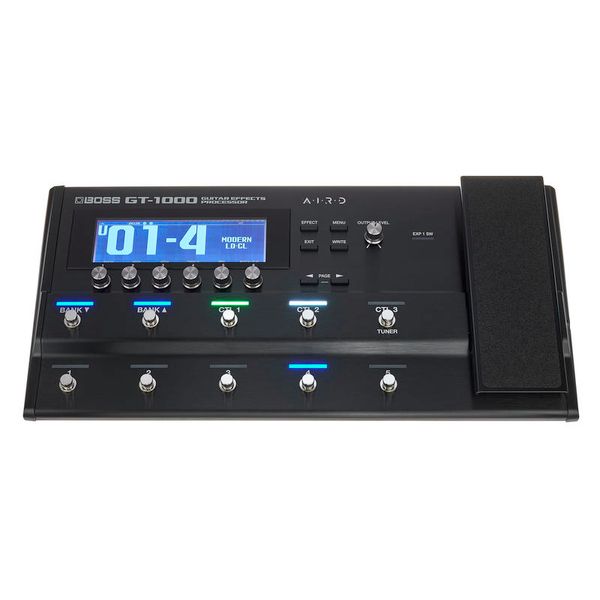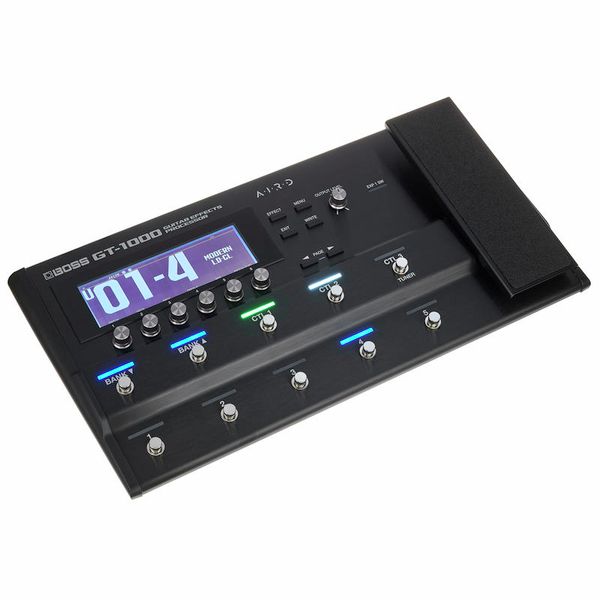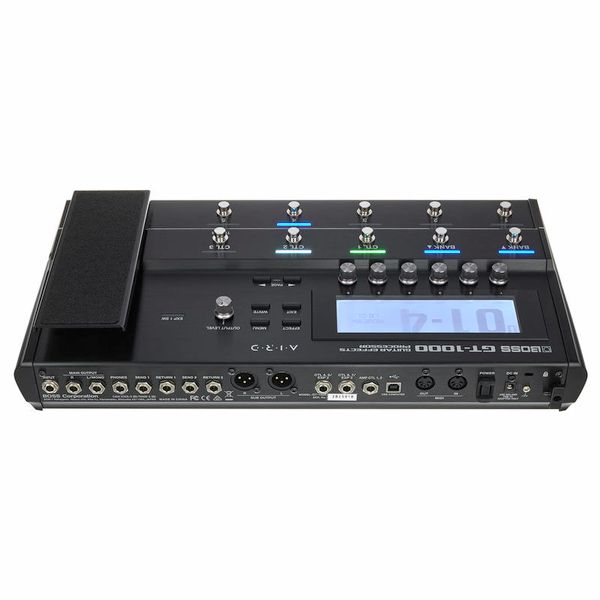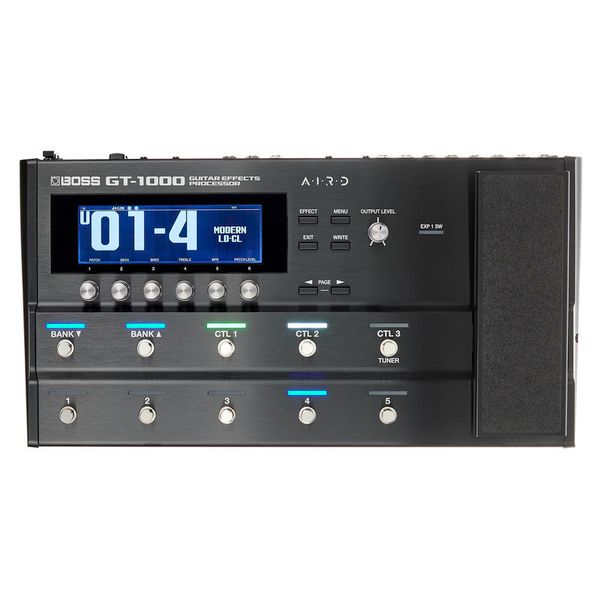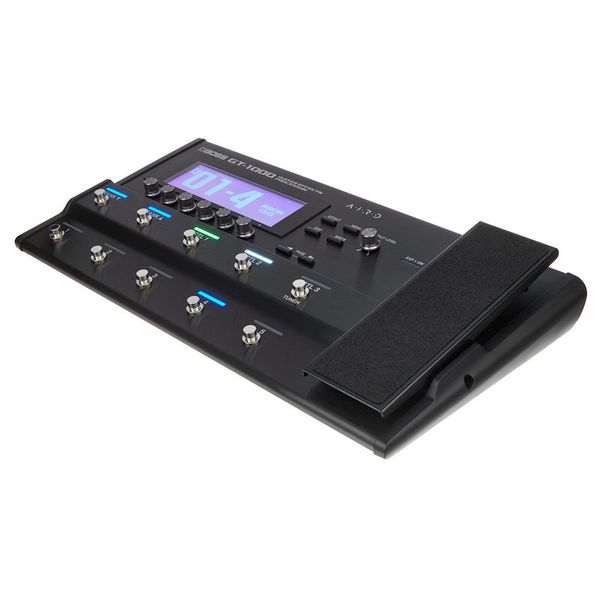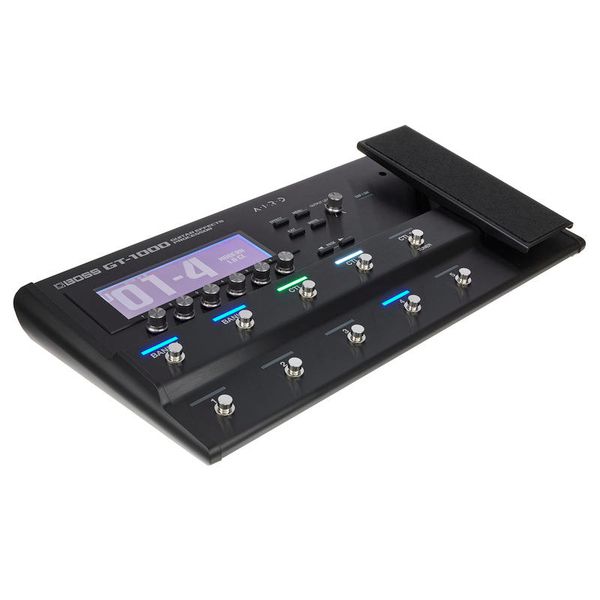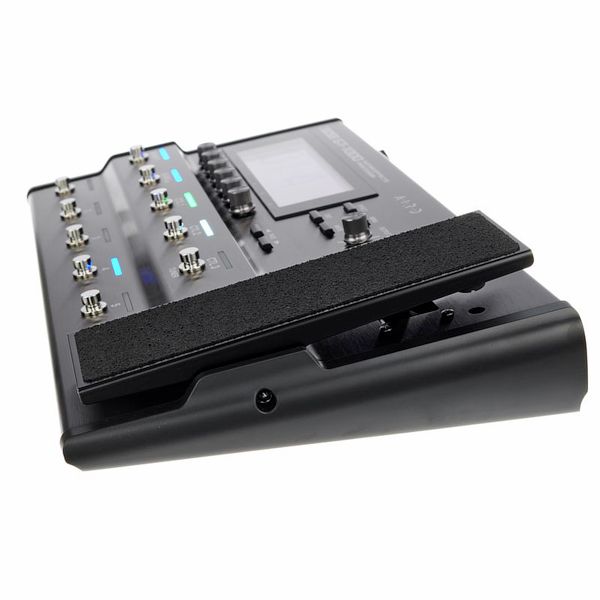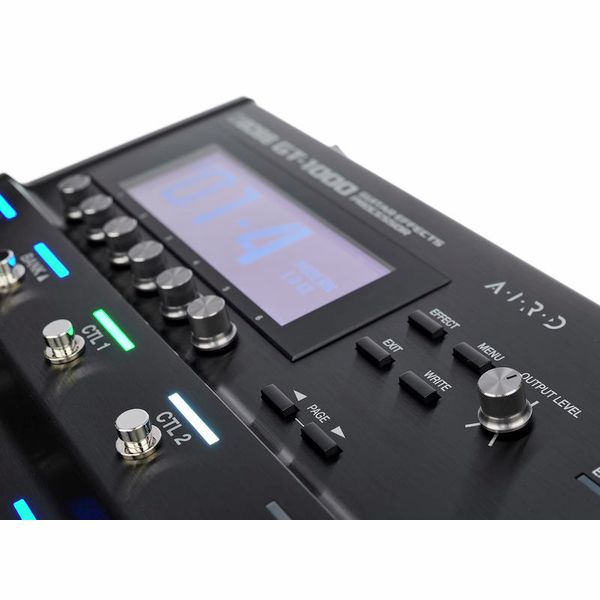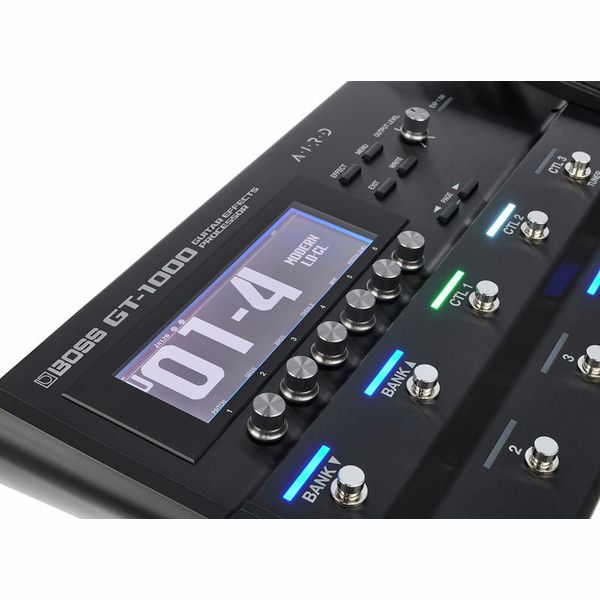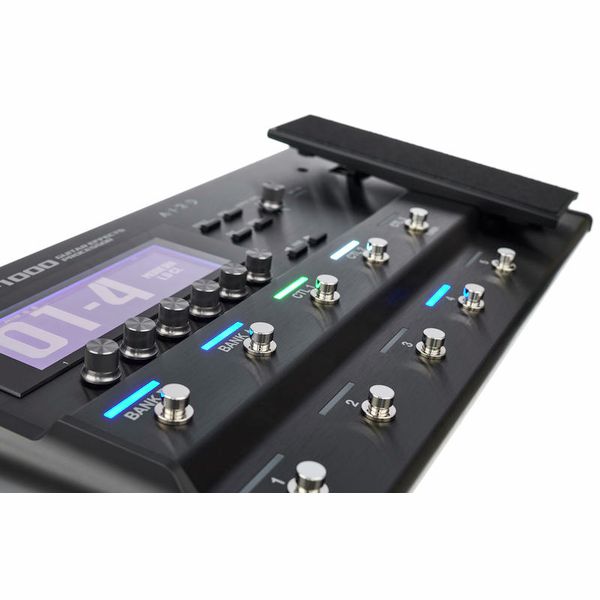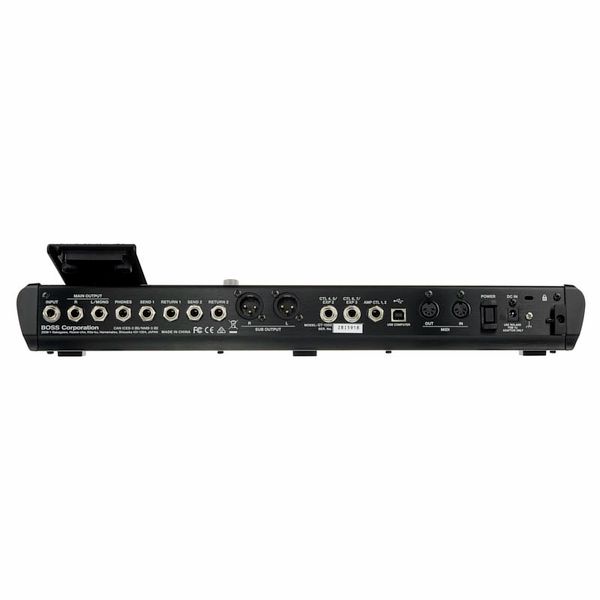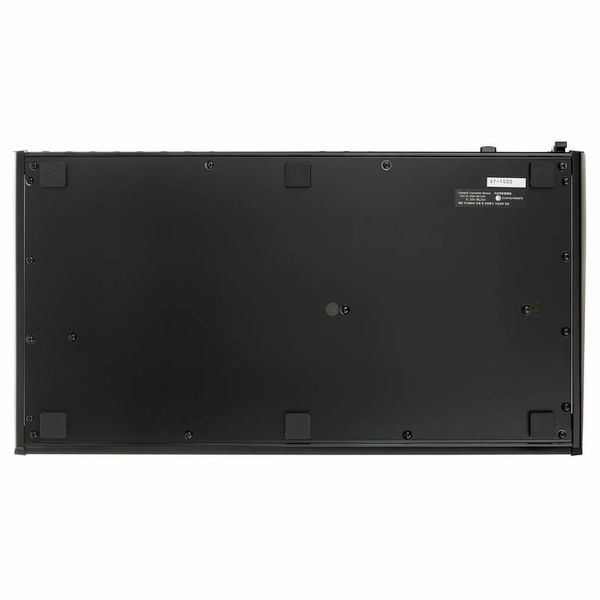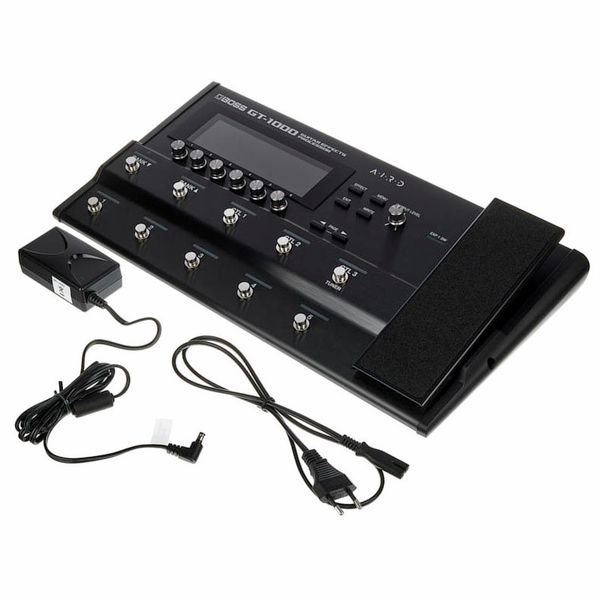I have owned a number of digital effect boards in the past (Vox's, the G-System, Firehawk HD, Helix). We could talk about connectivity and related matters: Boss' app can only be used on portrait mode on a tablet or phone for some reason, and it's not as easy or intuitive as the one for the Firehawk / Helix. The Desktop software for the GT1000 is fairly decent and a very nice extra. Not perfect either. We could argue back and forth about which one sounds more "organic", which one is more "plasticky". Certainly the Helix might have an edge in that department, although personally that advantage is not as big as to make it the key aspect to prefer the Helix.
So my contribution to the conversation comes in form of the flexibility of sound manipulation. This is something very important to me, and hopefully it's something a few other users might want to know about. This is in fact, the decisive factor on my decision of purchasing this unit, as someone who enjoys sound design, rather than the purity of classic tones. The GT1000 inherits the innovations of the Boss MS3 in terms of signal routing / signal chain. This is a huge deal, because the different in sound is tremendous just by switching the routing. The same simple arrangement of a delay + pitch shifter + reverb can produce a dramatically different sound when you send the signal to the shifter first, whilst you process in parallel towards the delay and reverb, or ANY combination thereby.
This is what makes the GT1000 unique.
I would love it if the footswitches were as big as the G_System.
I would love it if they didn't feel so close together (maybe it's just a legacy of used the G-System for too long).
However, If sound design/innovation is your focus, there's no parallel to the GT1000.


